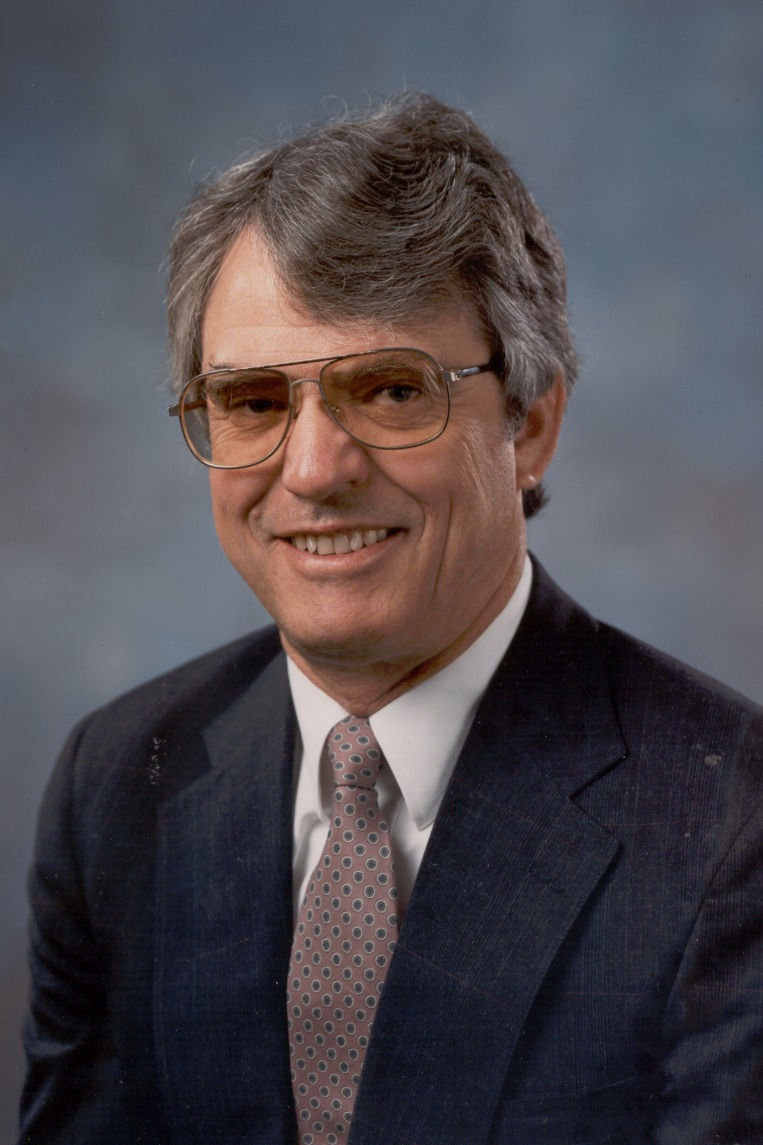John Aaron NASA Engineer
- Jan 30, 2018
- 2 min read
Updated: Oct 12, 2020

The man widely credited with saving the Apollo 12 mission was never supposed to work
for NASA. His career plan was to have his feet firmly planted on Oklahoma soil as a farmer and rancher. Even when he started working at NASA, his plan was to work there until he could earn enough money to buy land and cattle.
John Aaron came to Southwestern Oklahoma State University from Vinson High School, a graduating class of nine students. He, along with his seven siblings, were first-

generation college students.
“My parents expected that we all would go to college and the family was committed to finding a way to make it happen,” Aaron said. “Had that not been the environment I was raised in, I likely would not have gone.”
He chose SWOSU for financial reasons. “I needed to be close to home to access local part-time jobs in farm and ranching to pay for college,” Aaron said. He also continued to help his parents with their farming and cattle operations.
Aaron’s career strategy was to become a high school teacher, so he could farm in the summer and build his herd of cattle. His plan was waylaid during the first semester of his senior year.
Employees recruited from small colleges and rural backgrounds seem to have a solid background in physics and engineering, plus an excellent work ethic
“I discovered that I had failed to take the necessary courses for acquiring a teaching certificate,” he explained. “It seems that I had developed such a passion for math and physics that I had saturated my college transcript with those courses.”
Undeterred, he graduated with a double degree in math and physics and took a job with NASA in the Flight Operations Directorate at the Manned Mission Center (now Johnson Space Center) in Houston. It was a stop gap until he could take the required teaching courses and come back to Oklahoma. “The rest is history,” he said. “Exploring outer space became my new passion and I never made it back to ranching.”
Aaron quickly advanced to become the electrical, environmental and communications officer in Mission Control for the Gemini and Apollo programs. Among his many contributions, Aaron devised the recovery for the power systems on Apollo 12 after the spacecraft was struck by lightning during launch, thus avoiding a mission abort. His quick thinking and extreme calm under pressure earned him the nickname “steely-eyed missile man.”
Aaron also played a significant role in the Apollo 13 crisis. He oversaw the rationing of the spacecraft's power during the return flight and devised an innovative power-up sequence that allowed the Command Module to re-enter safely while operating on limited battery power.
He later served as the Space Shuttle Flight Software Development Manager, Deputy Space Station Program Manager, Space Station Projects Manager and director of the Johnson Space Center Engineering Directorate, Systems Engineering Office before retiring in 2000.
Aaron said his NASA experience illustrates that regional universities turn out well-educated and productive graduates. “In my opinion, and opinions expressed by other NASA managers, employees recruited from small colleges and rural backgrounds seemed to have a solid background in physics and engineering, plus an excellent work ethic,” he explained. “Qualities that allowed the new recruits to “hit the ground running” in pursuit of innovative solutions to complex problems.”

Comments